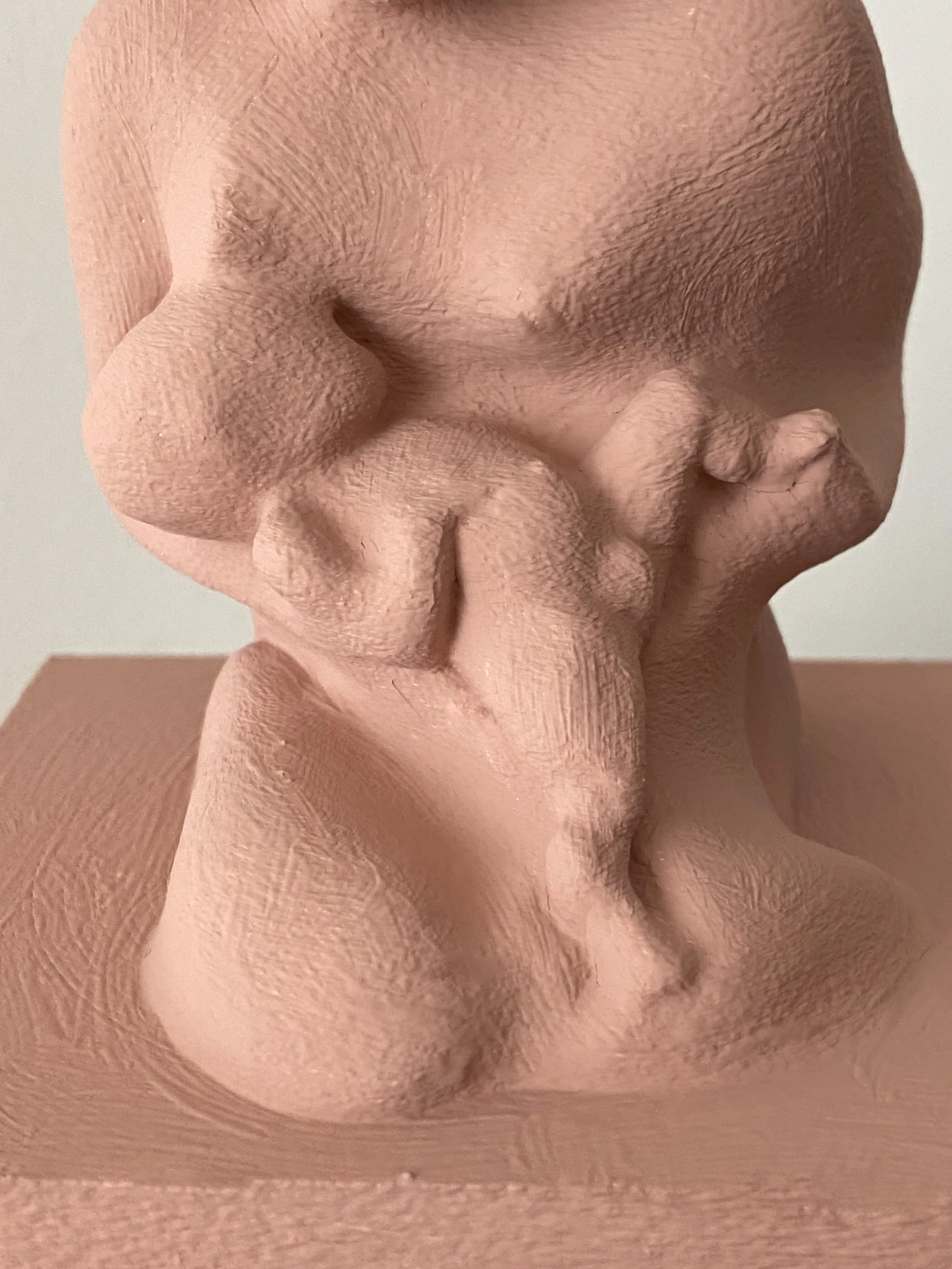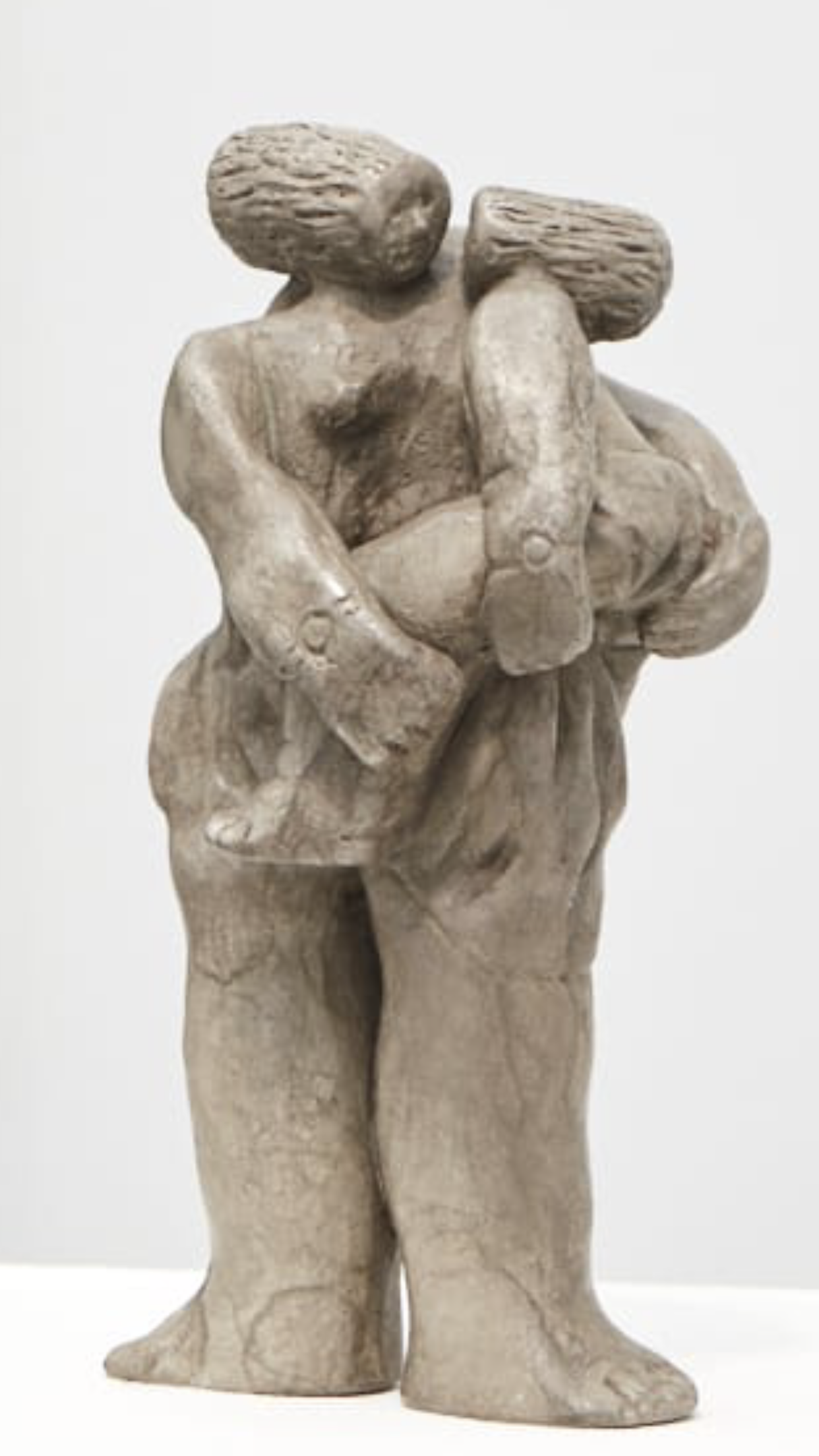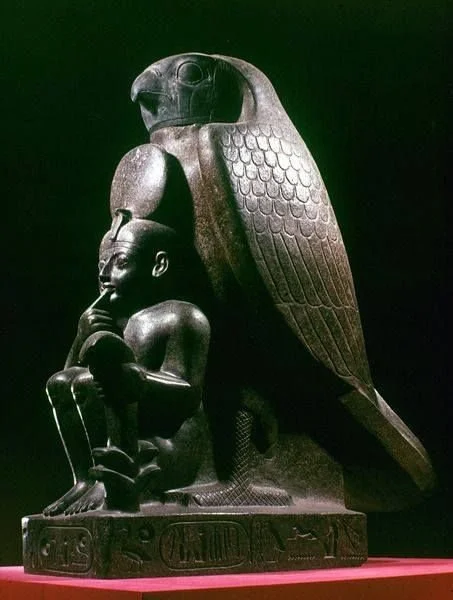Orphans
Not every artwork must be grotesque to express fear.
Gentleness becomes the language of loss and can speak louder than a horror…
Not every artwork must be grotesque to express fear.
Gentleness becomes the language of loss and can speak louder than a horror, at least to me. Ambiguity is what often creates uneasiness in my perception. The seemingly cute composition , a child and a cat , tells about the quiet ache of being unwanted.
A child and a cat, an epitome of innocence. Who is the orphan then?
Orphan, sculpture, bronze 2025
Orphan, painting, 2025 (from Blink Flurry show at Weserhalle, Berlin)
Aksiology’25
Aksiology, as some of you know, is a zine I print from time to time when I feel like sharing my vision beyond paintings.
Aksiology, as some of you know, is a zine I print from time to time when I feel like sharing my vision beyond paintings. This one is the fifth issue ( and the first one this year) so I decided to leave it without a theme and simply compile some of the photos I took throughout the year in different places.
Now that all the copies have made their way to their destinations, it’s time to reveal a small surprise hidden in one of them. This time, I’ve included a small (15 × 21 cm) original drawing inside. Maybe this will become a tradition.
Stay tuned!
Madonna
The image of a mother and child is one of the most archetypal and easily understood symbols in any culture—perhaps even a trite one.
The image of a mother and child is one of the most archetypal and easily understood symbols in any culture—perhaps even a trite one. Yet it remains the most tender and emotionally charged, as it represents the beginning of everything: both the good and the bad. Whether it tells a story of sacrifice or one of maternal egoism, it still breathes with love.The older version from 2021 is clearly about seeing oneself in the offspring, while the small sculpture from 2025 speaks more to a sense of inseparability.Funny enough, the plaster prototypes might look nice on their own, though they differ drastically from the bronze versions.
Madonna, hand-painted plaster prototype.
Timewaster Madonna, bronze in silver nitrate patina, 2021. From private collection (photo courtesy of a collector).
Timewaster Madonna as concrete prototypes and in bronze.
Polylogue from the vessel
I love Rodin. His work is not only timelessly beautiful, but also ahead of its time: innovative, and often touched with a sense of humor. It also bridges sculptural traditions in a unique way.
I love Rodin. His work is not only timelessly beautiful, but also ahead of its time: innovative, and often touched with a sense of humor. It also bridges sculptural traditions in a unique way.
As I’ve always been drawn to his vases and vessels (they still look edgy and modern today), deep down, I’ve always wanted to create something in conversation with Rodin’s work, out of love.
But I’ve never liked the idea of borrowing or copying, too often, without the right context, it ends up being theft for the sake of theft.
This summer though I found a few small bronze sculptures among my old prototypes. Then I came across a pair of vintage ceramic pieces. And suddenly everything clicked. These random elements matched perfectly, like the stars had aligned.
But what truly amazed me was that I stumbled upon something that seemed to be waving to us all the way from 3100 BC. And just like that, what started as a dialogue with Rodin turned into a polylogue across centuries.
Untitled, bronze and vintage ceramic vessel, 2025.
Left: Rodin, Standing female nude in a vase, 1900
Right: Votive vessel, Naqada III, 3100 BC
God’s Creatures
I can easily spend hours (and I do when I have the time) just watching birds, bees, and other lovely creatures. I’m always on the lookout for a dramatic moment or something cute, something that reveals a bit of their personality…
I can easily spend hours (and I do when I have the time) just watching birds, bees, and other lovely creatures. I’m always on the lookout for a dramatic moment or something cute, something that reveals a bit of their personality. I'm not too concerned about capturing every tiny detail or perfect sharpness. In fact I often prefer it when there’s less detail.
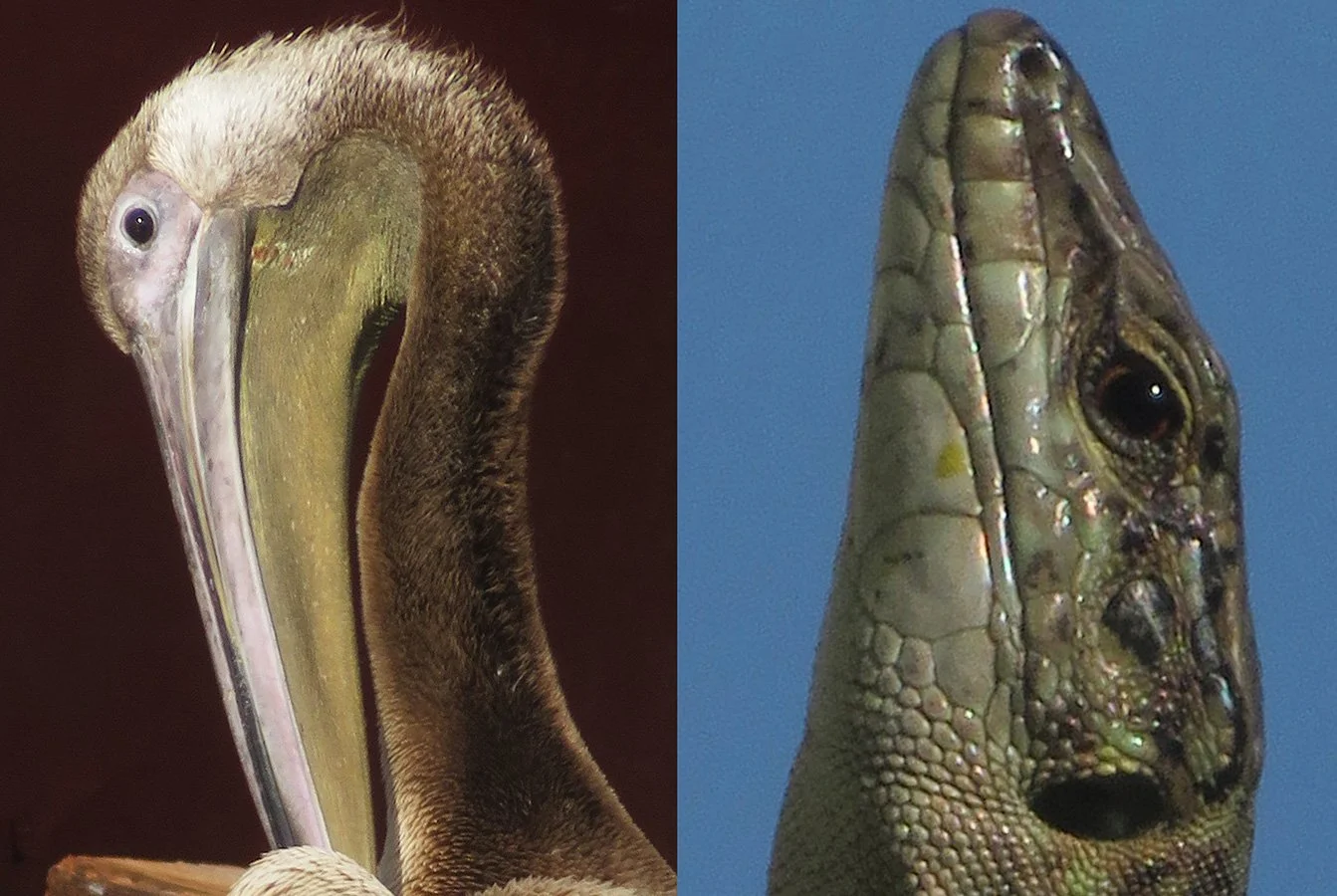
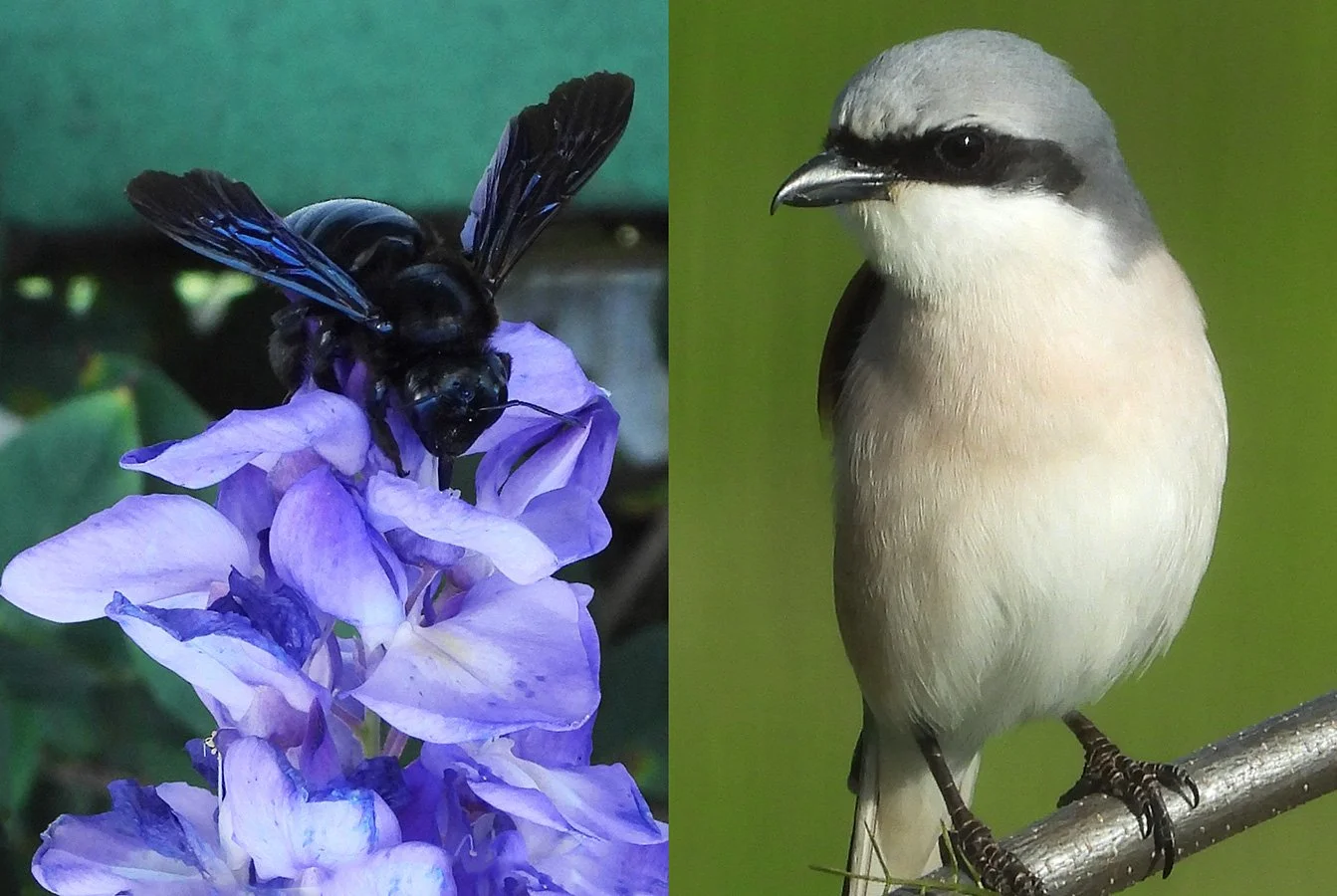
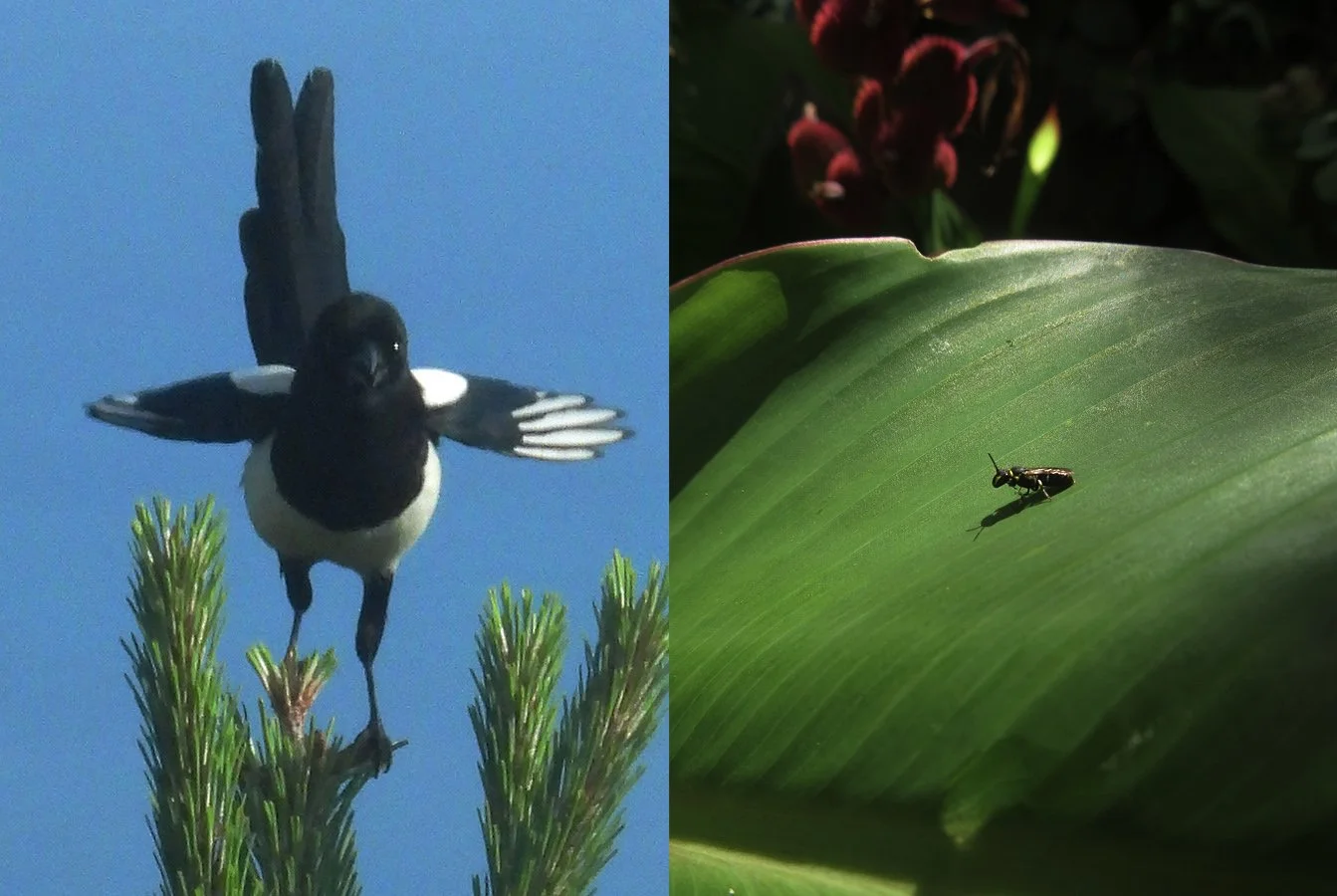
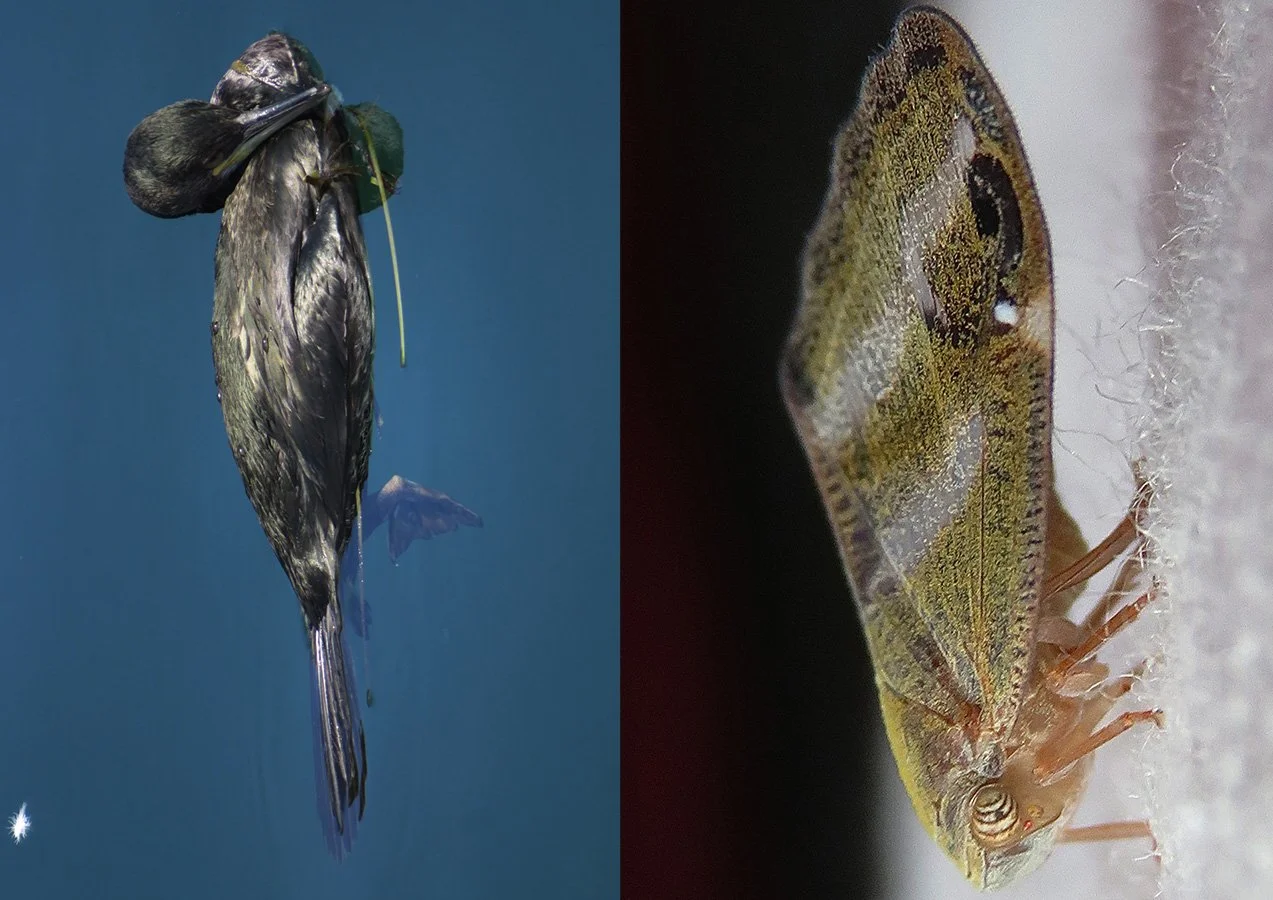
Feeling Film
Taking photos on the go feels like a sport , a burst of adrenaline in the effort to capture a moment.
This is especially true with film photography…
Taking photos on the go feels like a sport , a burst of adrenaline in the effort to capture a moment.
This is especially true with film photography. Not being able to check the shot right away, and often lacking the ability to zoom in/out, makes the whole process a bit magical nowadays.
I’m not a fan of retouching photos, whether film or digital, it kind of takes away the essence of photography for me. So I leave them as they are.
Of course compared to digital, the number of good (to my taste) shots is lower. But film has a way of surprising with beautiful flaws—unexpected artefacts from processing or slight mistakes in how it was used.
Like Yesterday
For the past decade I’ve been trying to cultivate a sense of home that isn't tied to a physical place, but rather exists as a state of mind.
For the past decade I’ve been trying to cultivate a sense of home that isn't tied to a physical place, but rather exists as a state of mind. Still from time to time I feel the poisonous sting of nostalgia. No matter how far you've come from where you started, in moments of vulnerability memories bring back the faces and places that no longer exist. Or that still exist somewhere unreachable?
The past of course holds its share of difficult moments, many of which we've moved beyond and grown from. That growth is what makes me feel safe where I am now. That’s what life is about—experience.
This particular work is nothing more than a reflection on nostalgia and an acknowledgment of personal growth. The small house represents the past we've left behind. It appears tiny, both spatially and temporally, distanced by perspective and symbolic of how far one has come.
At the same time when I think of the intimate corners of memory, the cherished fragments of personal history, the tiny house becomes an elegiac symbol of the impossibility of returning to the comfort of childhood. You no longer fit there.
Beekeepers and Colossus
As my sculpture Hesitant has officially joined the Parksebo Foundation’s collection this July, I think it's time for some behind the scenes insights into its story.
As my sculpture Hesitant has officially joined the Parkseobo Foundation’s collection this July, I think it's time for some behind the scenes insights into its story.
The journey began three years ago, in July 2022. I had received an invitation to present a large-scale work as part of a cultural event. I had just two days to propose an idea. Although I had never worked on anything beyond 45 cm in height before, I accepted the challenge.
As you might expect, the vague invitation never really went anywhere, turns out realizing a sculpture, especially at that scale, is a bit more complicated than the initiator thinks. Sculpting is a complex, time-consuming process. A couple of weeks simply weren’t enough (at least not this time).
Still instead of shelving the idea completely, I decided to go for it -- now or never. It was an irrational decision, but also an exciting one.
I chose to revisit a small composition from 2020, featuring a female figure and her reflection. To keep things manageable (for a variety of prosaic reasons) the design was simplified and a full-scale prototype in clay was created . From that a hefty fiberglass mold was cast at the foundry.
I’ve never worked in huge studios and at the time, my workspace was modest, to say the least. More importantly, there was no elevator, just a narrow, beautifully spiraled staircase. Where would I even put a large bronze sculpture? There was no physical space for it, only room in my mind and heart.
So the pale fiberglass mold sat in my studio for quite a while, waiting for its final steps.
A year later, I returned to the project as a part of preparation to my show in Seoul, with a fresh perspective.
What once felt harmonious now seemed redundant. We removed the massive feet and even the simple face. For a long time my sculptures wore a kind of primitive face, but this time I decided to remove even the symbolic eyes, replacing them with criss-cross cuts.
The solid, bold form carries purposeful imperfections on the surface, symbolizing the corrosive nature of chronic hesitation.
And those intersecting lines on the face? I wanted to strip away any sense of individuality to make the figure even more anonymous. To me, it’s something like an idol, representing the uncertainty we all face from time to time. At least, that’s how I feel. It’s never easy to explain.
The final sculpture looked different from the original prototype, and yet it felt strangely familiar. Then I realized what I’d been looking at all along: one of my favorite childhood drawings had resurfaced in bronze straight from my unconscious. Beekeepers by Pieter Bruegel. That’s where the heads of my sculpture surprisingly came from. I'm still in awe of the magical mechanism of imagination that seamlessly weaves our memories and impressions.
Source: https://canon.codart.nl/
In this piece my two long-time artistic loves -- Ancient Egypt and Bruegel --meet in an unexpected way.
Hesitant is a metaphor for the fear of action. And yet, its physical embodiment was born from a sudden, irrational impulse to challenge myself. Now it's a quiet souvenir of personal courage. And I'm glad it found its home in such a beautiful collection.
On Birds
For as long as I can remember, I've been fascinated by Ancient Egypt and birds. The more I observe and take pictures, the more I admire. I also love the idea that we are all equal, interconnected, tiny parts of the universe.
For as long as I can remember, I've been fascinated by Ancient Egypt and birds. The more I observe and take pictures, the more I admire. I also love the idea that we are all equal, interconnected, tiny parts of the universe.
So, this bronze miniature, which belongs to the ongoing series 'Same,' is where my passions intertwine.
I wanted to create something simple, and what could be simpler than placing two tiny figures side by side? What initially gave me the comforting vibe of an old plastic toy also vaguely started resembling an Ancient Egyptian motif.
Same, Hand-painted bronze, 2025
Enjoy my actual inspiration:
A stone butterfly in a bronze blanket: The journey of an idea.
What whimsical trajectory does inspiration follow, and how do images of the surrounding world settle into our own experiences to give birth to something that never existed before?
What whimsical trajectory does inspiration follow, and how do images of the surrounding world settle into our own experiences to give birth to something that never existed before?
This is a funny little story, the pieces of which recently came together in my head, and I want to share it.
Let me start by saying that I’ve accumulated an impressive collection of sea stones, which I pick up whenever I’m tempted by their peculiar sculptural shapes. What a vast playground for pareidolia that is!
What’s astonishing is that, while walking deep in thought, you can find stones that somehow reflect those very thoughts or symbolize what you’re contemplating. A subconscious process that feels like kind signs from the Universe.
2023 was a difficult year for me, and my mind was constantly buzzing with thoughts of change, of my own misconceptions, and a desire to shift something in order to find peace within.
Once, while walking along the water, I came across several stones in a row that reminded me of a butterfly. I’ll admit, not everyone would instantly recognize in these bits of rock the fragile and airy creature, but something about the shapes of those stones, their symmetry, evoked a strong association with butterflies in me. Very simple forms, reminiscent of ancient amulets—they seemed charming and appealing. Especially since two of them even had a primitive little “face,” made up of two dot-like eyes. I took the stones with me, because what symbolizes transformation better than a butterfly—exactly what I was contemplating inside myself?
A couple of months later, having long forgotten about those finds, I was absentmindedly kneading clay. It responded pleasantly to my hands, and soon took the shape of rounded, symmetrical wings and a solid, sturdy body in the center.
I should say that my creative process is always intuitive, and I never know what I’ll end up with. I simply let a shape emerge and refine it until it brings me visual satisfaction.
This time, a whimsical sculpture emerged, though a sense of confusion and instability could still be detected in it.
It wasn’t until I saw all the figures after casting (in 2024) that I realized the lines of the head and wings reminded me of something—and it turned out to be one of those “stone butterflies.”
In 2025, I created a new version. I happened upon an old prototype and decided to rework it. Interestingly, the 2023 sculpture—brought to life by anxiety and anticipation of change—transformed in 2025 into something more anthropomorphic and solid. The wings became a blanket spread wide in a moment of playful frenzy. This new version symbolizes unrestrained joy and, at the same time, a sense of safety.
The form undoubtedly changed, but the image of that small stone, which sparked two different sculptures, is still visible to me. After all, a butterfly can be depicted in many ways, depending on angle and proportion. I love butterflies and often observe them, but the motif of transformation and fragility came to me not from the “original source,” but from a sea-worn fragment in which I saw, in a randomly broken piece, a schematic face.
What I’m saying is—if you set out to trace where your inspiration comes from and you’re honest with yourself, you’ll be surprised.
Featured “Fool” bronze 2023 and “Blanket” bronze 2025.















